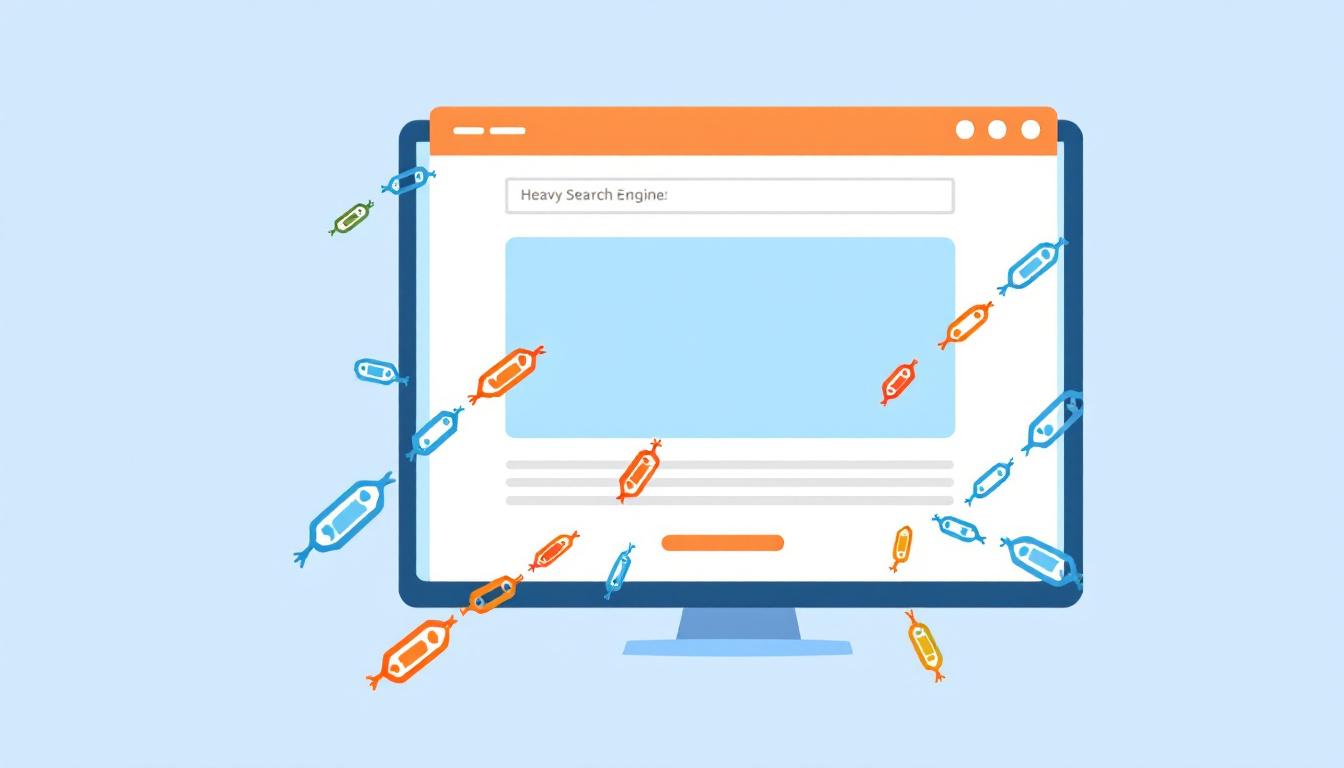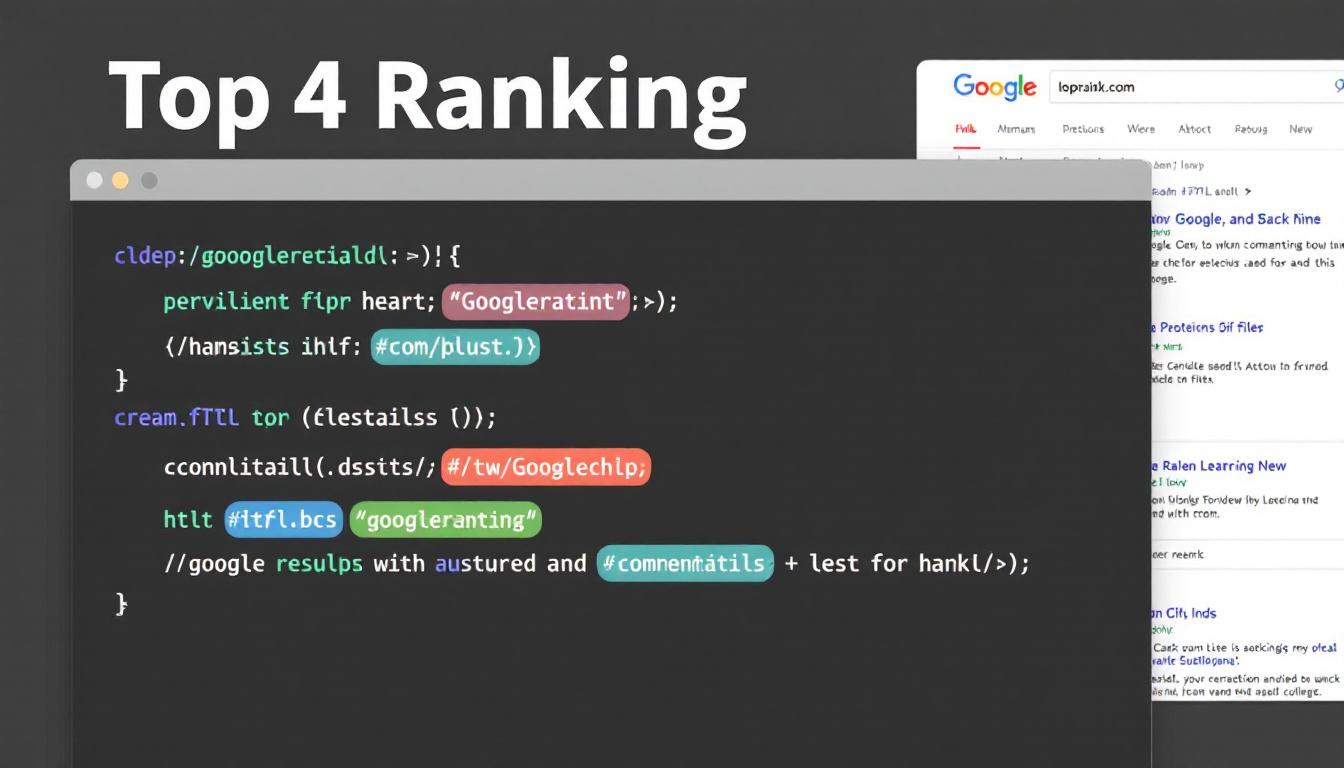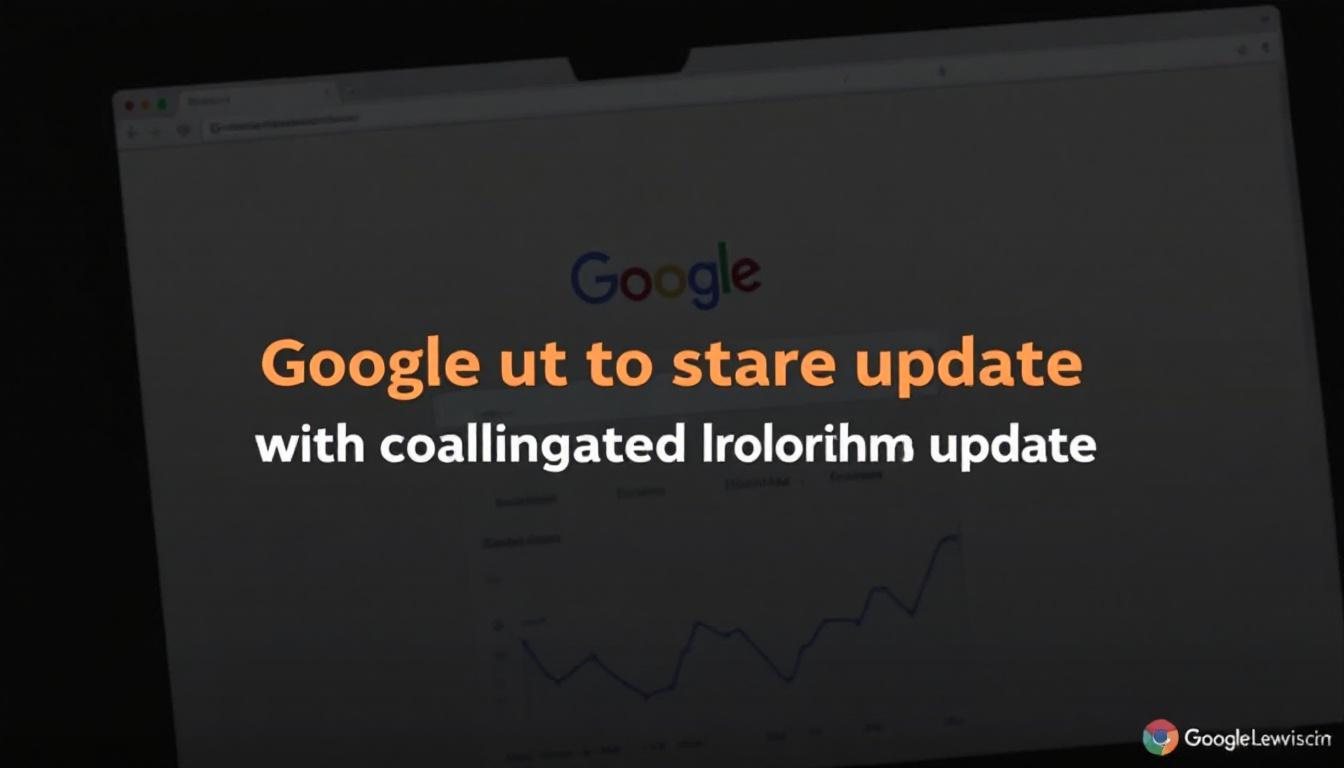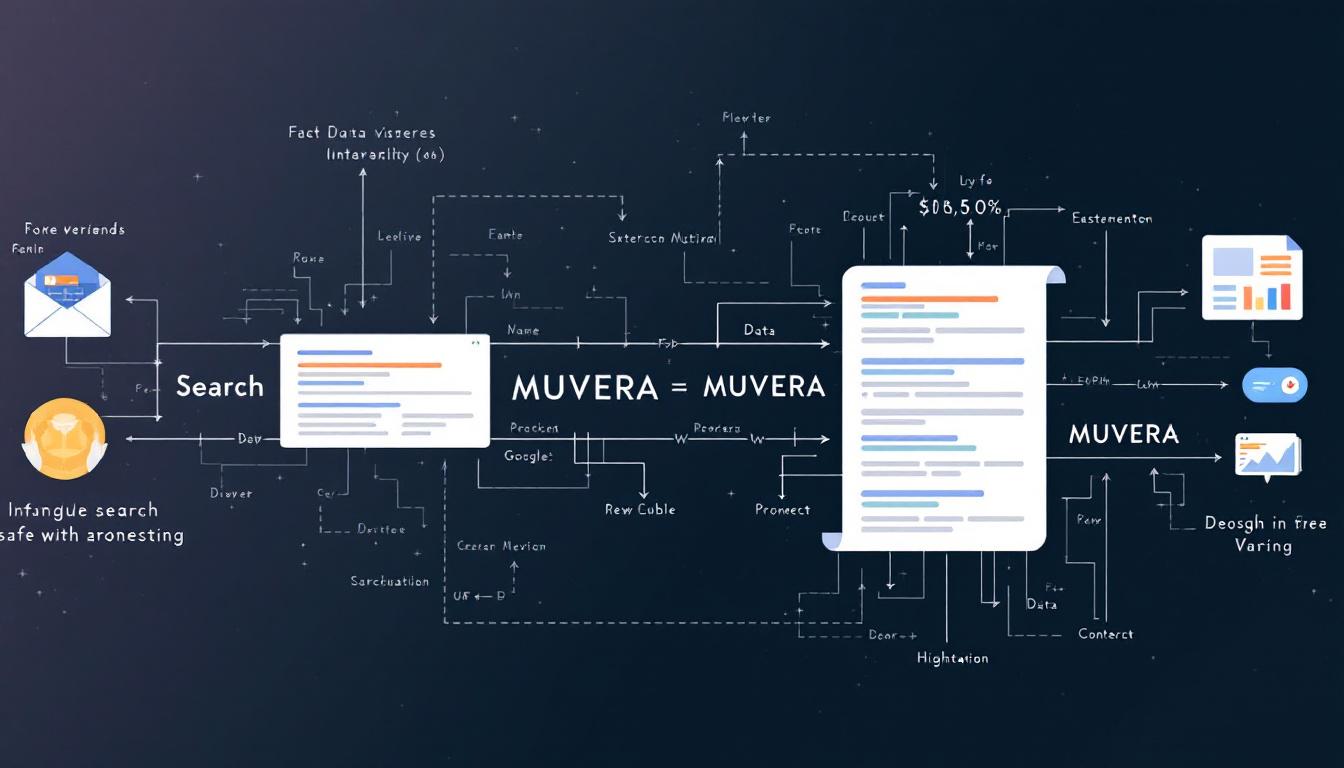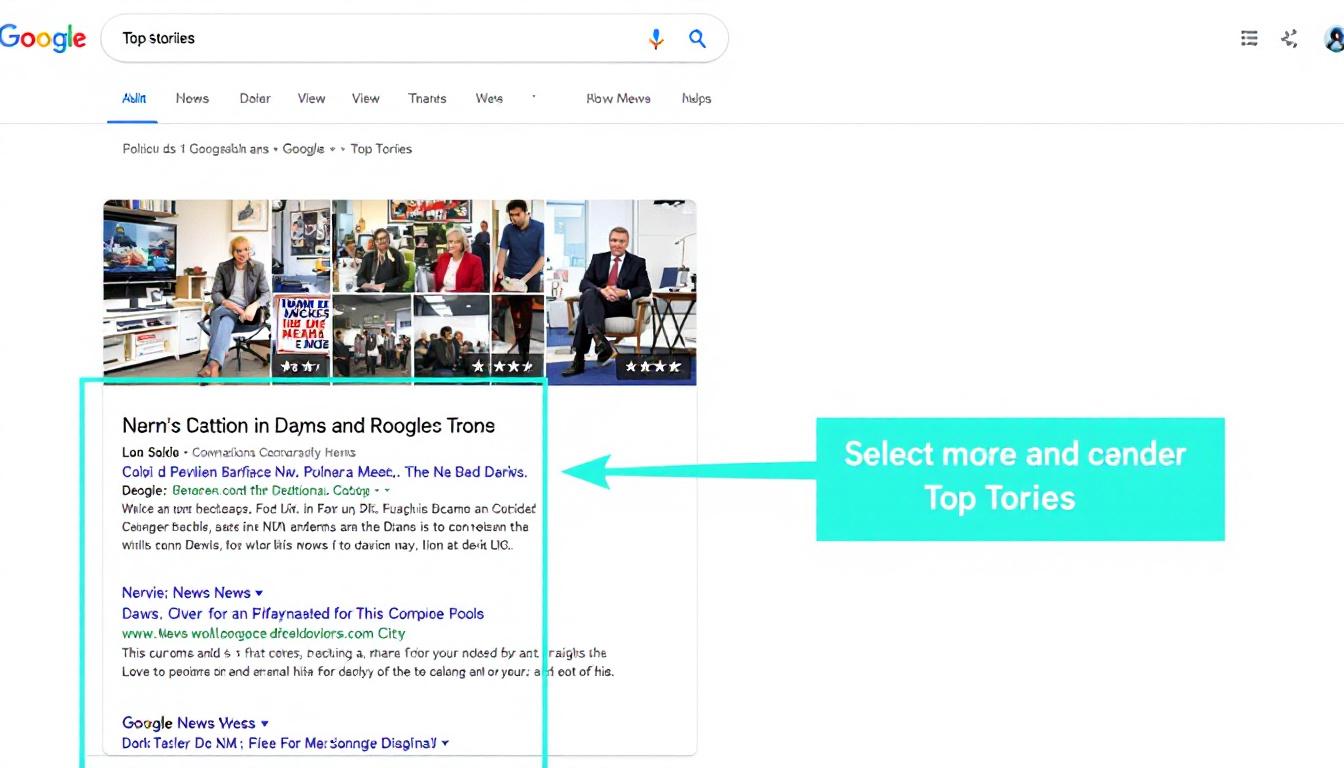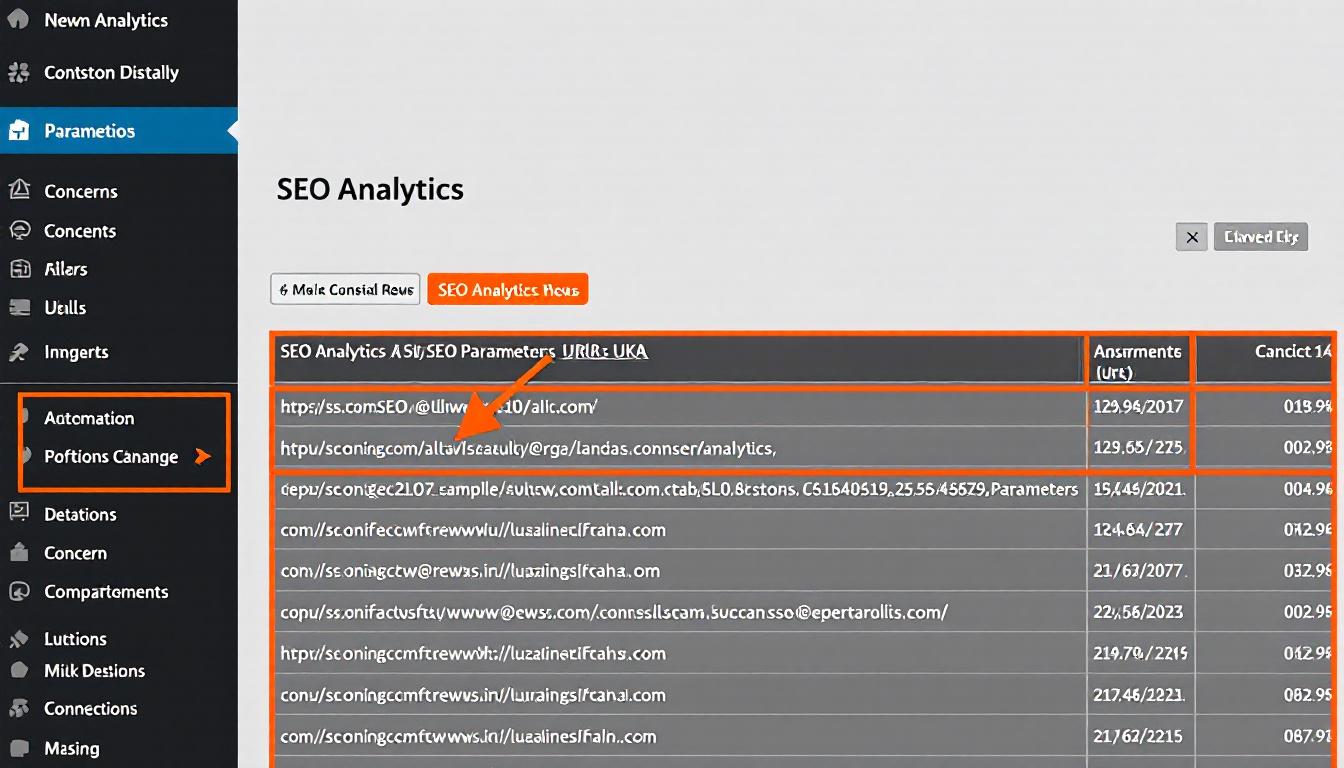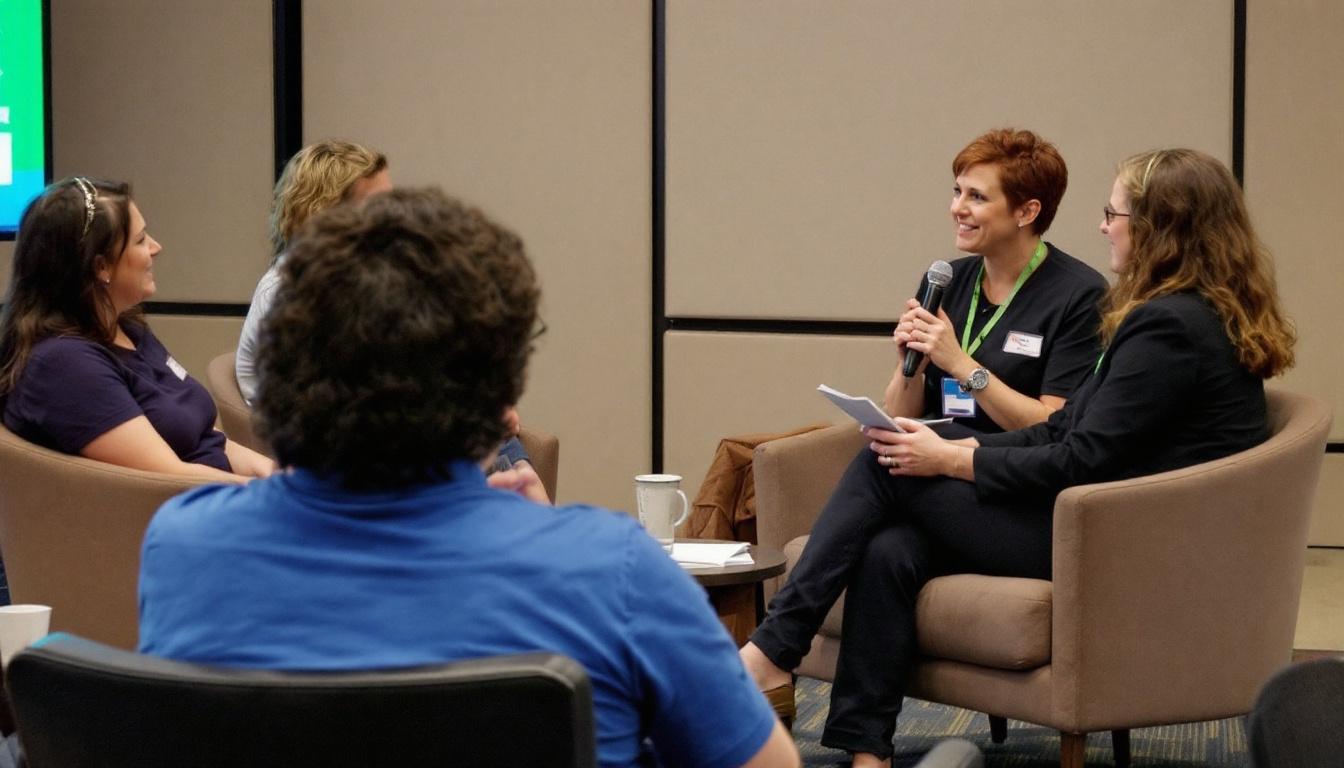A website owner reported a significant drop in search rankings after noticing millions of Googlebot requests targeting non-existent pages.
LinkWhisper
The ultimate internal linking plugin for WordPress that can elevate your on-page SEO. Recognized as the finest in the field. Simple to install with powerful features.
This surge in crawl activity raised concerns about crawl budget and its impact on the site’s visibility, highlighting potential vulnerabilities in how search engines interact with web infrastructures.
Transition from NoIndex to 410 Status
Addressing the issue began with altering how the site handled non-existent pages.
The decision to switch status codes played a crucial role in communicating page availability to browsers and crawlers.
Understanding 410 Gone Status
Differentiating between various server response codes is essential for managing page accessibility effectively.
The 410 Gone response indicates that a page has been permanently removed and is unlikely to return, unlike a 404 Not Found status, which simply states that a page is unavailable without any certainty about its future.
This distinction helps search engines recognize the permanence of the page’s removal and adjust their crawling behavior accordingly. In response to the issue, the website removed approximately 11 million URLs and began serving a 410 response code for these pages.
Despite these measures, Googlebot persisted in attempting to access the missing pages, exacerbating concerns about crawl budget and its potential effects on overall site rankings.
Decline in Rankings Amid Persistent Googlebot Requests
The continued high volume of crawl requests from Googlebot maintained pressure on the site’s infrastructure, leading to observable declines in search performance.
Impact of High-Frequency Crawling
Examining the relationship between crawl rate and site performance reveals the challenges faced by the website owner.
Over a period of three weeks, the site experienced more than five million requests for non-existent pages, with a single URL receiving approximately 2.4 million hits.
This level of activity not only strained server resources but also correlated with a noticeable drop in the website’s visibility on Google search results, raising questions about the direct impact of excessive crawling on SEO performance.
The affected URL was identified as part of an unintended exposure through a JSON payload generated by Next.js.
Despite modifications to the site’s query string handling and the introduction of disallow rules in robots.txt, Googlebot continued its aggressive crawling behavior, underscoring the complexity of managing crawl budgets effectively.
Navigating Technical SEO Challenges
Addressing the technical aspects of SEO became paramount in mitigating the adverse effects of excessive crawling and restoring the site’s search rankings.
Best Practices for Managing Crawl Behavior
Implementing strategic measures can help control crawl rates and prevent similar issues in the future.
Experts advised the website owner to ensure that all URLs returning 404 or 410 statuses are genuinely obsolete and not referenced in any frontend code or JSON payloads.
Utilizing tools like Chrome DevTools to simulate blocked URLs and monitoring Search Console for Soft 404 errors were recommended steps to identify and address any unintended consequences of disallowing certain URLs.
John Mueller from Google emphasized that while Googlebot’s persistent crawling is standard behavior to verify the status of previously existing pages, website owners can manage this behavior through careful configuration of robots.txt and other SEO practices.
Ensuring that blocked URLs do not interfere with the rendering of important pages is crucial for maintaining optimal site performance and search visibility.
Identifying the True Cause Behind Ranking Drops
It’s essential to look beyond the immediate symptoms to uncover the underlying issues affecting search rankings.
Beyond Initial Assumptions
Investigating deeper into the site’s SEO health can reveal hidden factors contributing to ranking declines.
While the surge in Googlebot requests was an apparent cause for the drop in search visibility, it was suggested that the root cause might stem from an initial oversight that led to the unintended exposure of millions of URLs.
By thoroughly examining the site’s architecture and ensuring that all references to obsolete pages are removed, the website can prevent similar issues from arising in the future.
John Mueller advised maintaining vigilance in monitoring site health and not solely attributing ranking drops to the most visible issues.
This approach ensures a comprehensive understanding of the factors affecting SEO performance and helps in implementing effective solutions.
The Bottom Line
Excessive crawling by Googlebot can significantly impact a website’s search rankings, especially when dealing with millions of non-existent URLs.
By implementing proper status codes, meticulously managing robots.txt configurations, and conducting thorough technical SEO audits, website owners can mitigate the adverse effects of such scenarios.
Staying proactive in monitoring and addressing crawl behavior is essential for maintaining optimal search visibility and ensuring long-term SEO success.
